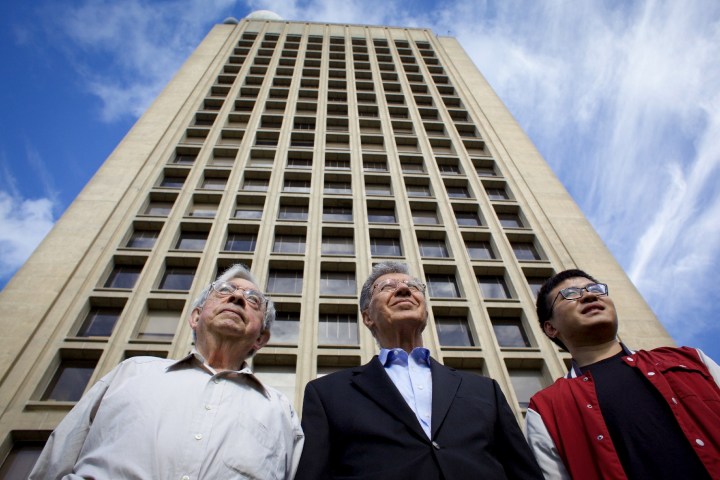
That’s thanks to MIT researchers who have developed a computational model that analyzes ambient vibrations from surrounding environmental factors — such as passing trucks — and uses these insights to monitor for building damage or mechanical stress.
So far, the research has been tested on MIT’s 21-story Green Building, a concrete tower designed by noted architect I.M. Pei in the 1960s that happens to be the tallest building in Cambridge, Massachusetts.
Using the data gathered from these sensors, some smart algorithms, and a comprehensive computer simulation of the tower, the MIT team was able to model its underlying physics to predict how it is likely to act under different stresses.
Their model didn’t just take into account the building’s size, but also detailed parameters such as the strength and density of its concrete walls, slabs, beams, and the stairs on each floor.
Over time, the model will continue to be honed to help monitor stress.
“I would envision that, in the future, such a monitoring system will be instrumented on all our buildings, citywide,” lead author Hao Sun said in a press release. “Outfitted with sensors and central processing algorithms, those buildings will become intelligent, and will feel their own health in real time and possibly be resilient to extreme events.”
A house or apartment block that alerts you to possible damage before it becomes significant enough to be either costly or dangerous? As a fairly recent new homeowner, yes please!



